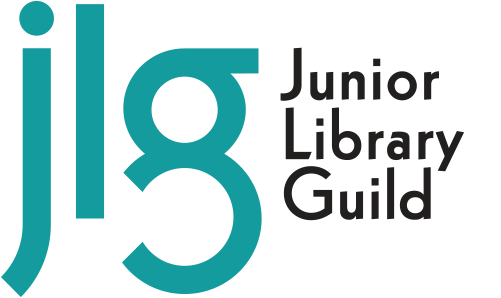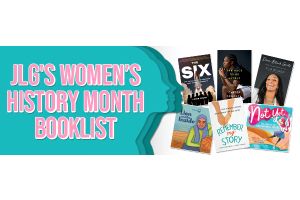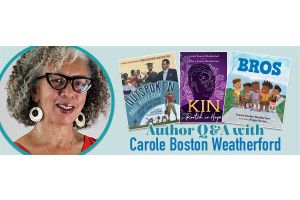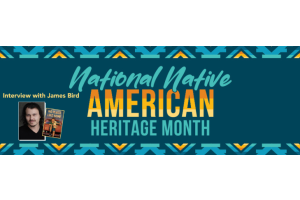Looking Back: The History of Pride Month

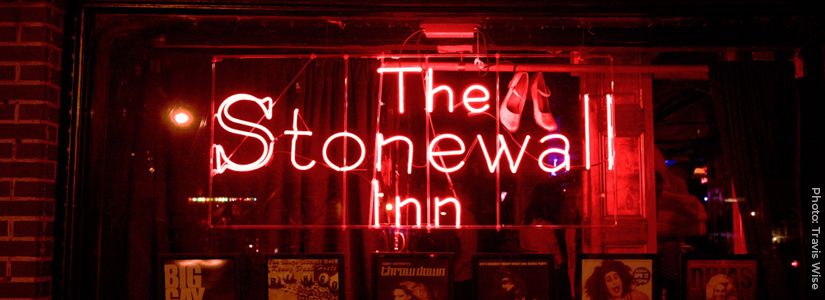

If you are at all familiar with the history of Pride celebrations, you no doubt have heard about the Stonewall Inn raid and uprising. But the raid at Stonewall Inn, which garnered nationwide attention, was not the first or last time members of the LGBTQIA+ community came together and pushed back against discrimination and injustice. It was, however, the tipping point that created the Pride parades and commemorations we know today. Let’s take a look back at the events and individuals who helped shape Pride, which is now celebrated every June.
Organizing Before Stonewall
Through most of the 20th century, cities throughout the U.S. outlawed homosexual relationships and public meeting spaces. Yet the community persevered and created places – namely night clubs and bars – to freely and safely express themselves. In New York, liquor licensure laws even prohibited the sale and distribution of alcohol to known or suspected LGBTQIA+ people. While activists were able to overturn these laws in New York in 1966, public displays of affection remained illegal in the state.
Yet laws did not stop the LGBTQIA+ community from gathering and being political activists. The first documented U.S. gay rights organization called The Society for Human Rights was founded in 1924 by Henry Gerber. Following the letter of the law, Gerber and his society associates registered the organization with the state of Illinois and, soon after, Gerber published the first Friendship and Freedom newsletter (the first known LGBTQIA+ newsletter in U.S. history). In 1925, a few months after being chartered by the state and after only two newsletter publications, Gerber and other members were arrested on charges of "obscenity." Although the charges were eventually dropped, the incident bankrupted Gerber and cost him his job at the USPS. The group was forced to disband less than a year after it formed.
Within a couple of decades, different LGBTQIA+ organizations formed in major U.S. cities. For example, The Daughters of Bilitis, the first lesbian rights organization in America, started in 1955 and the Mattachine Society, a gay rights organization in New York, began in 1950. By the mid-1960s, LGBTQIA+ organizations were following the lead of other civil rights activists and staging sit-ins and peaceful protests. In 1966, members of the Mattachine Society staged several "sip-ins" where they openly expressed their sexuality in bars and clubs while demanding service, only to sue any establishments that turned them away. Tensions continued to grow as more LGBTQIA+ activists and allies demanded equity.
The Stonewill Raids and Uprising
While LGBTQIA+ people continued to meet in clubs and bars that catered to their community, the New York crime syndicate saw an untapped market and began buying and opening gay bars and clubs while illegally selling liquor. By mid-decade, the Genovese crime family owned most of the bars in Greenwich Village, and in 1966 they added the then "straight" bar Stonewall Inn to their retinue, converting it into a gay bar in 1967 with a BYOB drinking policy (at the time, they called these "bottle bars").
The Stonewall Inn quickly became a popular hotspot for the LGBTQIA+ community in Greenwich. One of the few bars to allow drag queens and dancing, it became a haven for the entire community. Wanting to keep it that way (and thus keep the customers coming), the Genovese family bribed the local police precinct to ignore the club and, in the event of an impending police raid, to tip them off beforehand. This practice was not uncommon for crime syndicates, so Stonewall Inn went unscathed by police for its first two years of operations.
Then, on the morning of June 28, 1969, police showed up at Stonewall Inn without warning. They raided the bar, arrested 13 patrons, and even publicly humiliated many of them by “checking” their genitals in plain sight of the crowd.
Angry Stonewall Inn patrons and community onlookers remained crowded around the bar and police vehicles. It wasn’t long before a full-blown riot began when the crowd witnessed officers physically attacking a woman. When police barricaded themselves, prisoners, and a journalist inside the Stonewall Inn, rioters attempted to burn it down. Although the fire department and riot unit quickly put out the flames and dispersed the angry crowd, riots and confrontations nevertheless continued for the next 5 days, and the event itself became a significant turning point in the LGBTQIA+ civil rights movement and political activism
The Legacy of Stonewall
The Stonewall Uprising sparked numerous LGBTQIA+ organizations to form across the U.S., like the Gay Liberation Front and the Human Rights Campaign (formerly the Gay and Lesbian Alliance Against Defamation).
To commemorate the 1-year anniversary of the Stonewall Inn raid, LGBTQIA+ activists and allies marched from the Stonewall Inn to Central Park in what was called "Christopher Street Liberation Day," the first known Pride parade in U.S. history. Their official chant was "say it loud, gay is proud!"
Since then, Pride parades and celebrations have been organized in most major U.S. cities and towns each June. The community has seen some success, too. In 2015, Obergefell v Hodges granted marriage equality to LGBTQIA+ individuals. In 2016, former President Obama designated the site of the Stonewall Uprising a national monument. While the fight for justice and equality continues, the LGBTQIA+ community remains focused on efforts aimed at inclusion and acceptance.
Books that feature LGBTQIA+ characters, community, and history are among the many ways this work is achieving progress. Check out this collection of JLG Gold Standard Selections curated especially for Pride month.
Elementary
Pride: The Story of Harvey Milk and the Rainbow Flag
Written by: Rob Sanders
Illustrated by: Steven Selerno
JLG Category: Biography Elementary Plus
Written by: Hilary McKay
JLG Category: Upper Elementary & Junior High Plus
The List of Things That Will Not Change
Written by: Rebecca Stead
JLG Category: Upper Elementary & Junior High
Written by: Emma Donahuge
Illustrated by: Caroline Hadilaskono
JLG Category: Intermediate Readers Plus
Middle
Ivy Aberdeen's Letter to the World
Written by: Ashley Herring Blake
JLG Category: Advanced Readers
Written by: Lisa Bunker
JLG Category: Advanced Readers Plus
Rainbow Revolutionaries: Fifty LGBTQ+ People Who Made History
Written by: Sarah Prager
Illustrated by: Sarah Papwroth
JLG Category: Biography Middle Plus
Writen & Illustrated by: Mirion Malle
JLG Category: Graphic Novels Middle Plus
The Early History of the Gay Rights Movement
Written by: Greg Baldino
JLG Category: Series Nonfiction History Grades 6-8
High
Written by: Shaun David Hutchinson
JLG Category: Biography High Plus
Written by: Kacen Callender
JLG Category: City High School
Written by: Kevin Panetta
Illustrated by: Savanna Ganucheau
JLG Category: Graphic Novels High Plus
Written by: A. S. King
JLG Category: Mature Young Adults Plus
A Quick & Easy Guide to Queer & Trans Identities
Written by: Mady G. and J.R. Zuckerberg
JLG Category: Paperbacks High
Written by: Leah Johnson
JLG Category: Young Adults Plus
___________________________
Sources:
History.com editors. "Stonewall Riots"
National Women's History Alliance. "Gay & Lesbian Pride Month"
Library of Congress. "Today in History - June 28"
Library of Congress. "About LGBTQ Pride Month"
National Park Service. "LGBTQ Activism: The Henry Gerber House, Chicago, IL"
The Legacy Project. "The Society for Human Rights: 1924-1925"
PBS. "Out of the Past: Henry Gerber"
